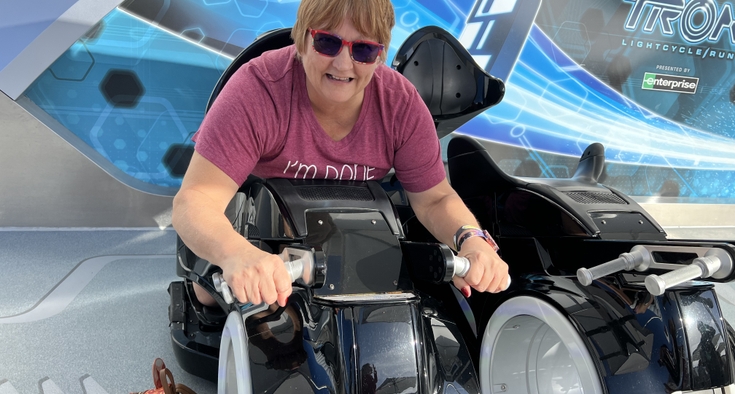If walking is your idea of good exercise, consider rucking: walking with a weighted backpack. Marching with a heavy rucksack has long been a part of military endurance training. But it has made the jump to civilian workouts in recent years and is credited with lowering the risk of cardiovascular death, cancer and diabetes.
Just grab a backpack, add several extra pounds and go from there. A surge in gear sales online suggests rising interest in the exercise that strengthens the entire body without requiring you to go to the gym.
Advanced spine, back and neck care.
“Rucking serves as resistance training for people who may be averse to traditional weight training, and it strengthens muscles and bone density,” said rucker and orthopedic spine surgeon Dr. Scott Nimmons of Novant Health Brain & Spine Surgery - Kimel Park in Winston-Salem and Mount Airy.
There’s a bonus: Seniors who increase their step-count by 500 a day can lower their heart risk.
The U.S. Department of Health and Human Services recommends muscle-strengthening activity twice a week, plus at least a half-hour of moderate aerobic exercise every day. Rucking takes care of both and then some. That’s why Nimmons said he regularly takes his wife and their two young sons rucking as a family.
Here, he discusses the benefits.
What are the physical benefits of rucking for the back and spine?
Something I counsel patients on is maintaining good core strength, which can help stabilize some of their back pain. Just having a little extra weight there is going to strengthen your core. And a strong core means a lot of that pain can be offset. Some ruckers do 10-minute walks, take off their backpacks and do chest presses or lunges. With rucking, you can take what would normally be just a hike and turn it into a full-body workout. And of course, there’s cardio benefits as well whenever you get your heart rate up.
How difficult is it to get started?
When we’re talking about a patient population with difficulty walking with nothing on their backs, there’s a higher level of entry than just going for a walk. But all ages can do it, and once you have that baseline level of fitness, it’s relatively low-impact.
For some of us it’s been a long time since we’ve picked up a backpack. What should we keep in mind when considering rucking?
Having that backpack fit relatively tight – you don’t want a lot of space between your back and the backpack.
You also should start off with a lower weight and build your way up. If you start with too much weight, you could end up with an injury. We don’t want that thing to jostle and put stress on your shoulders, neck and lower back.
We want to add a level of resistance to allow muscles to get stronger than they otherwise would have with just a walk or a hike. And make sure you have good non-slip shoes or hiking boots that have good ankle support.
Is rucking a form of tricking my body into thinking it’s heavier than it is?
I think it’s a similar concept to playing basketball – when you’re trying to increase your vertical leap, you put on ankle weights. It’s a little extra resistance so your body strengthens to that threshold and allows you to build on that as you increase the weight.
If I were new to the sport, I would probably start with 10 pounds, maybe a coffee-table book or some dumbbells. I think the higher weight you go, the more likely you could be injured from losing control or toppling over.
How can it help motivate families to get active outside together?
One of the reasons we moved to North Carolina was to take advantage of being in the outdoors. We’ve got two young boys, and we model the fact that exercise is important: You don’t have to be pro ballplayer to consider yourself an athlete. It’s just a question of being consistent over the course of your lifetime.
With rucking, it’s showing the kids that it’s important to take care of your body and get outside. I tell my patients that walking is a great way to do their own physical therapy at home. Maybe you like walking so much that you transition to rucking.
The making of a spine surgeon
Dr. Scott Nimmons decided to pursue medicine after shadowing athletic physicians at Rice University in Houston, Texas. He joined Novant Health last year and specializes in brain and spine surgery.
“I tend to see two types of spine patients,” he said. “I see someone in their 30s or 40s with an acute injury who wasn’t having issues before. The other type of patient is a bit older and struggling with pain – they’ve experienced physical therapy, injections and medicine, and they’re at their wits’ end.”
Among the problems Nimmons addresses are degenerative wear-and-tear in the spine as well as arthritis and deformities.
“You’re often catching people on the worst day of their lives, and they’re looking for answers,” Nimmons said. “It’s a real privilege to be able to steer them in the right direction.”











